‘Oddness is okay.’ Thomas Heatherwick on the secret to successful urban design
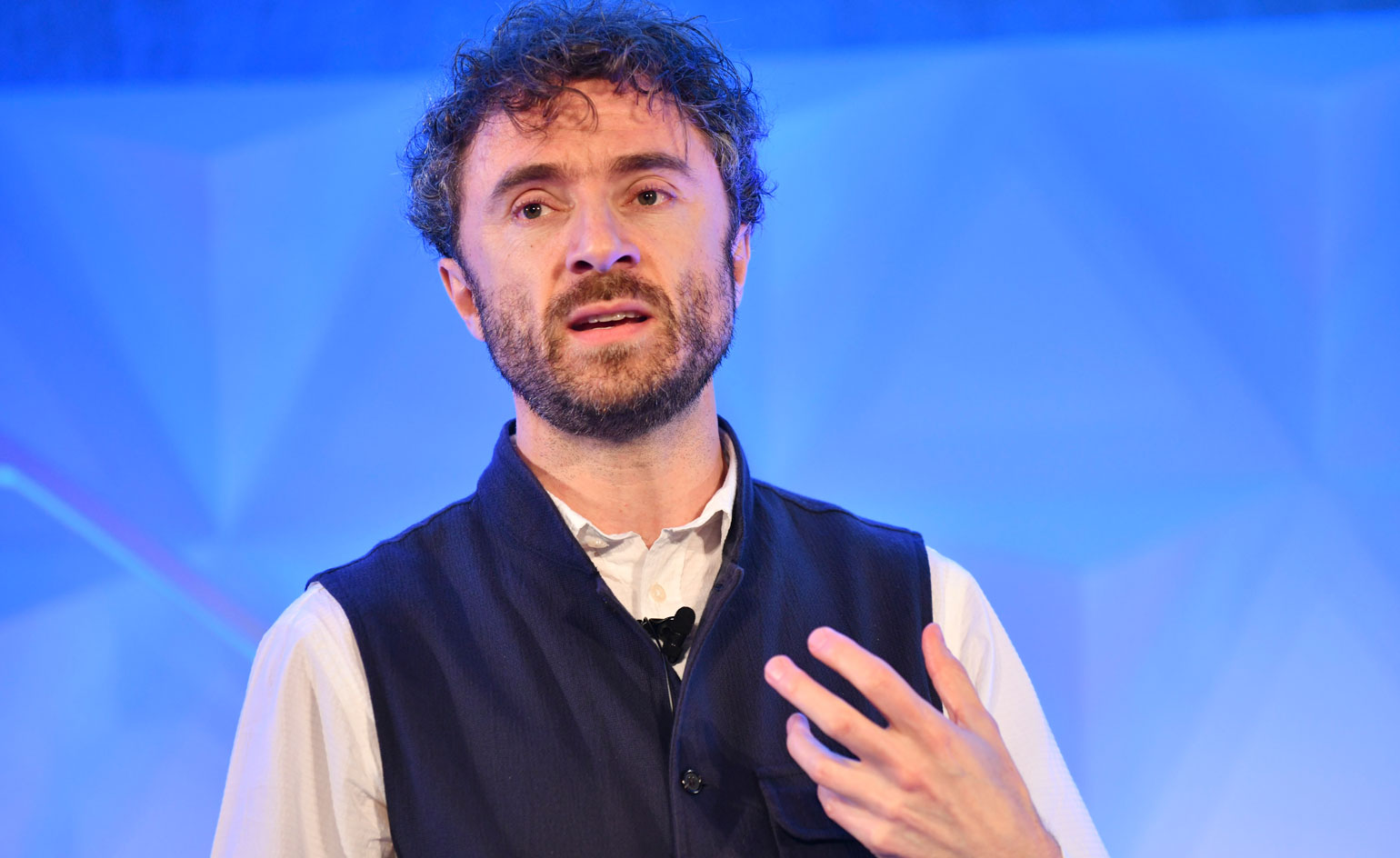
The digital revolution has also driven a revolution in design because it has forced architects to create buildings and spaces with enough appeal to make people shut down their computers, leave their homes and go to them, said Thomas Heatherwick, one of the most celebrated designers of buildings and public spaces.
‘You can stay at home and shop for whatever you want, you can even study for a PhD online. So hard-nosed developers have to make places that mean enough to people that they will leave home and go to them,’ Heatherwick told the Brainstorm Design conference in Singapore on Thursday.
And that means that designers and developers have finally begun to speak the same language, said Heatherwick, the founder of London-based Heatherwick Studio, which has a team of over 180 of what he calls ‘problem solvers’ dedicated to making the physical world better for everyone. Most people refer to them as architects and designers, and with Heatherwick at the helm, they have created some most groundbreaking designs of recent years, including Cape Town’s Zeitz Museum of Contemporary Art Africa and New York City’s Pier 55.
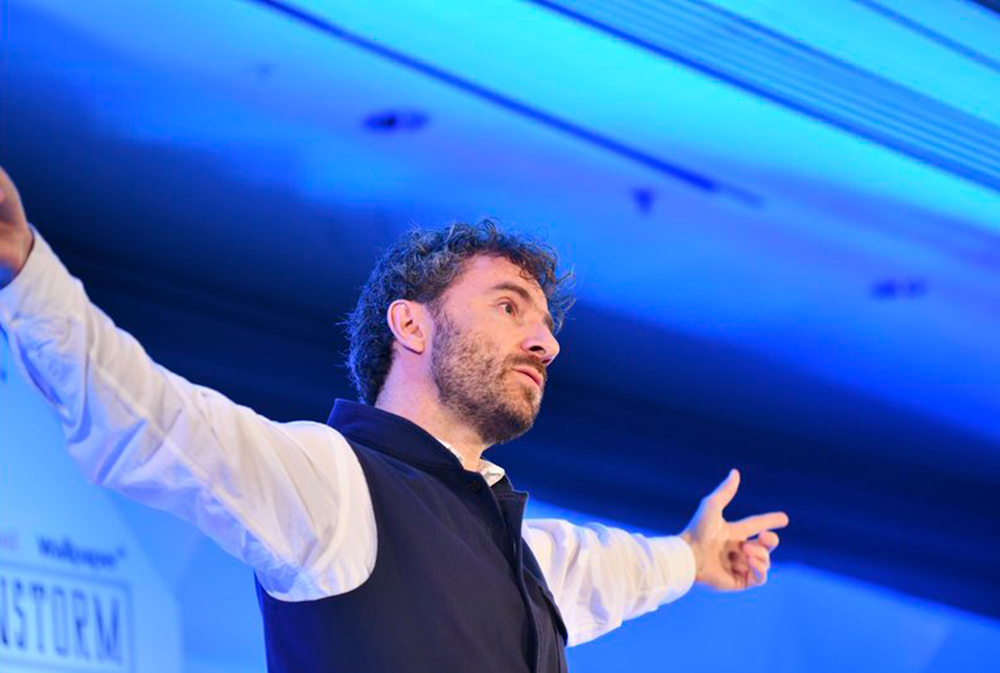
Thomas Heatherwick speaking at the Brainstorm Design conference in Singapore on 8 March 2018. Photography: Stefen Chow/Fortune
‘There was no way these designs would have been accepted during the 1970s and 1980s in Britain,’ Heatherwick said. ‘It seems that we have had it a bit of catastrophe in the last 70 or so years when in terms of making places. There was no “soulfulness” to what was being designed and built,’ he said.
Although Sir Terence Conran has called him ‘the Da Vinci of our time’ and Vanity Fair dubbed him ‘the hottest designer in the world today,’ some regard the spaces he has designed as controversial for the unexpected ways in which they have broken the mould.
But today, Heatherwick said, ‘oddness is okay.’ He describes his designs as ‘art driven by logic.’
Currently designing buildings for Google in London and Mountain View, California, a mixed-use complex in Shanghai, and a commercial space in London’s King’s Cross, Heatherwick said he always looks for where the space will have its heart, and strives to inject soulfulness in every design.
Contrary to what many architects and designers believe, he says city planners today are far more willing to take creative risks. ‘City planners are more ambitious than people think. They are frustrated with what they are being shown,’ he says. The best urban designs, he says, often come from deep conversations with commissioners and planners.
And what those commissioners and planners want are places that will have enough meaning to draw people out of their homes through their unique appeal. ‘We all hanker after places’ that have heart and soul Heatherwick said. When he finds that during the creative process, ‘the design sells itself.’
The Brainstorm Design conference is jointly organised by Fortune, TIME and Wallpaper*, bringing together more than 300 top speakers and delegates from 33 countries. See more here
INFORMATION
For more information, visit the Brainstorm design website
Receive our daily digest of inspiration, escapism and design stories from around the world direct to your inbox.
-
 All the winners from The Fashion Awards 2025
All the winners from The Fashion Awards 2025Every winner from The Fashion Awards 2025, which took place at the Royal Albert Hall yesterday evening in a ceremony presented by Colman Domingo
-
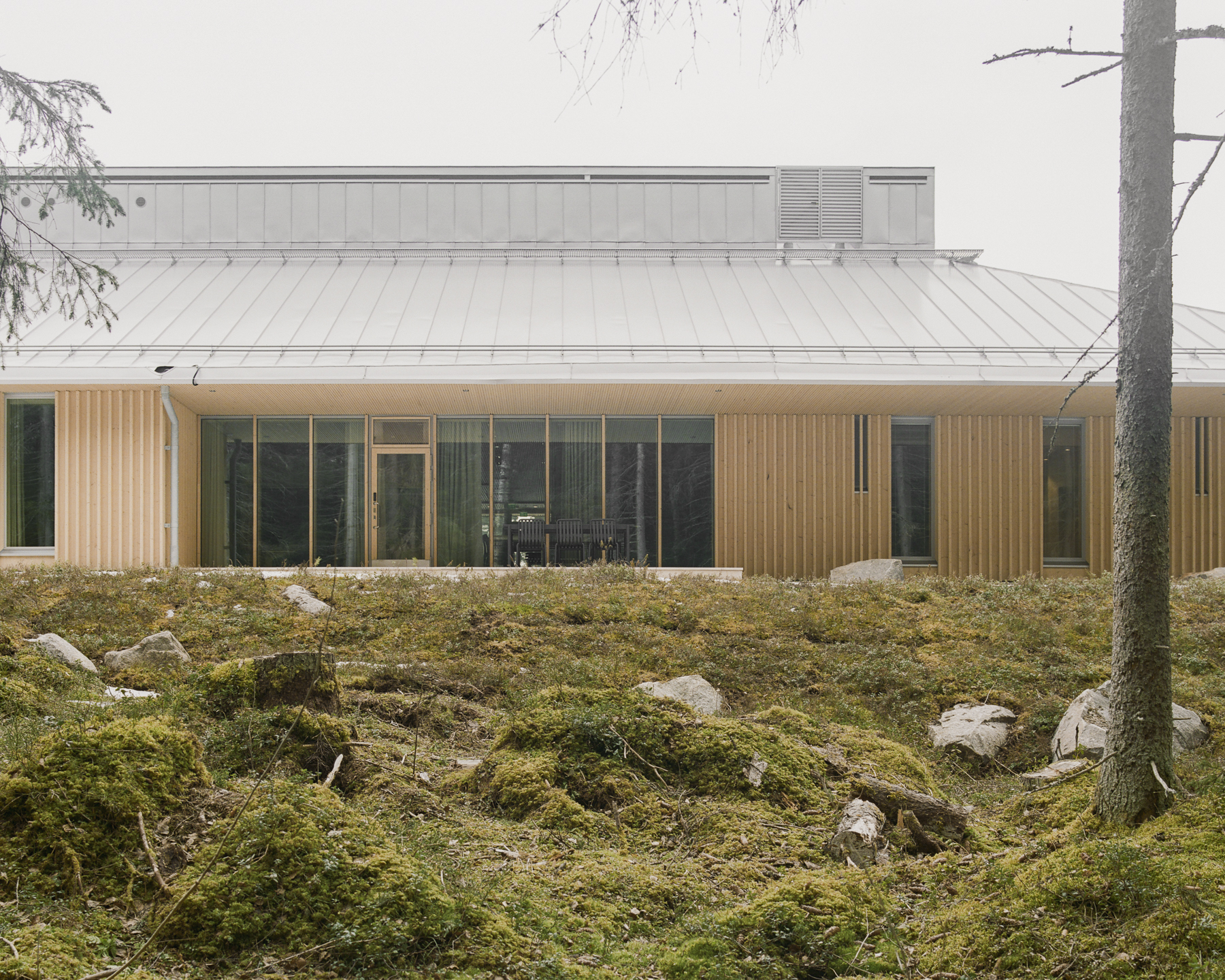 At Finland’s newest care institution, nature and architecture promote healing
At Finland’s newest care institution, nature and architecture promote healingLagmansgården, a new model for a residential care institution in Finland, designed by Anttinen Oiva Architects, blends timber architecture and a connection with the natural surroundings to support young people
-
 This new Bali house is both a refuge and a celebration of creativity
This new Bali house is both a refuge and a celebration of creativityRumah Harumi is a Balinese home designed by Earth Lines Architects, a local studio with an emphasis on craft and creative collaboration
-
 Bees can now check in at Kew’s new pollinator hotel
Bees can now check in at Kew’s new pollinator hotelAt Wakehurst, Kew’s wild botanic garden, artist Kristina Pulejkova unveils four functional sculptures that tell the hidden story of seeds and act as a refuge for bees during the heat of summer
-
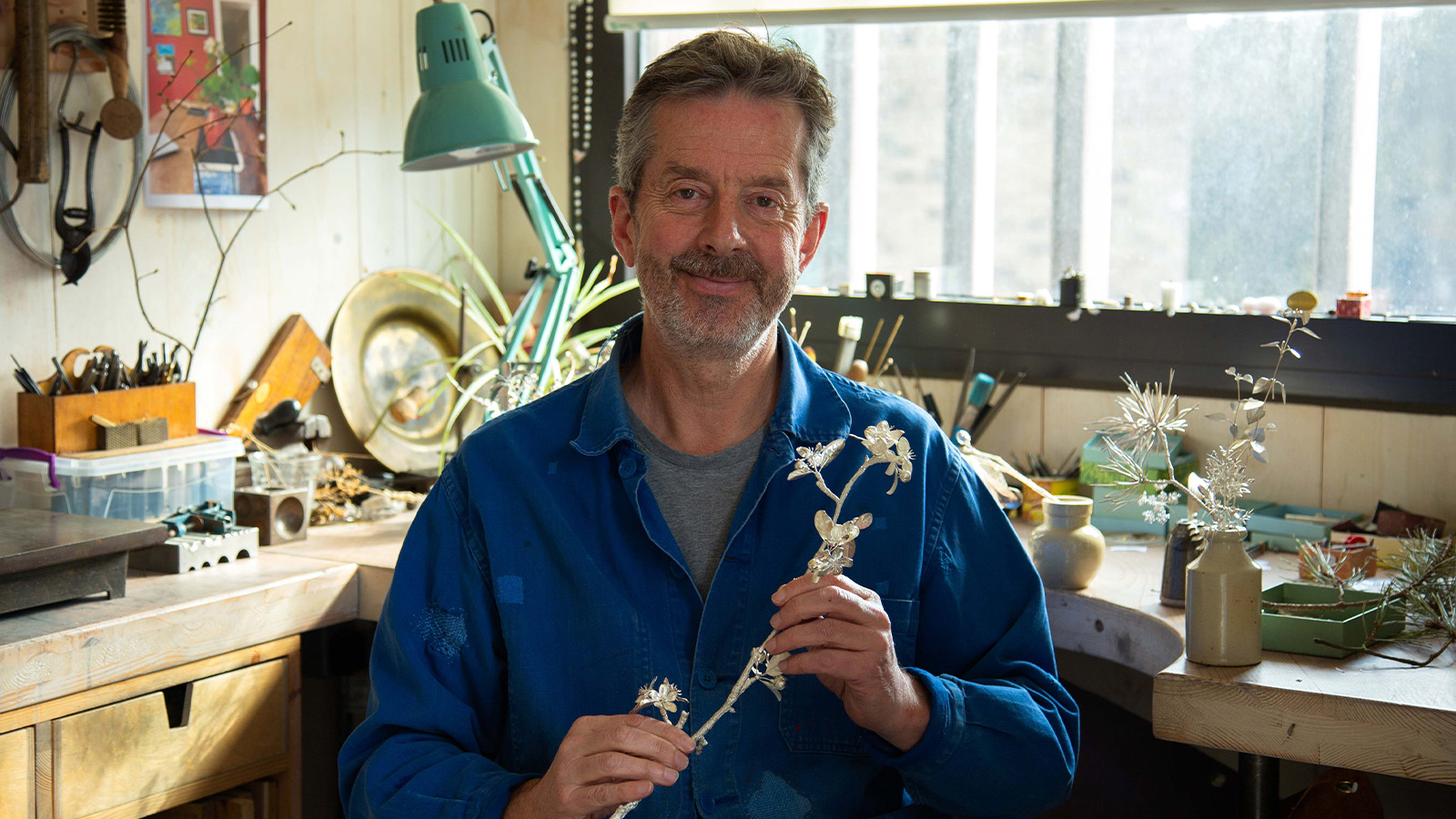 Nature sets the pace for Alex Monroe’s first sculpture exhibition
Nature sets the pace for Alex Monroe’s first sculpture exhibitionThe British designer hops from jewellery to sculpture for his new exhibition at the Garden Museum, London. Here, he tells us why nature should be at the forefront of design
-
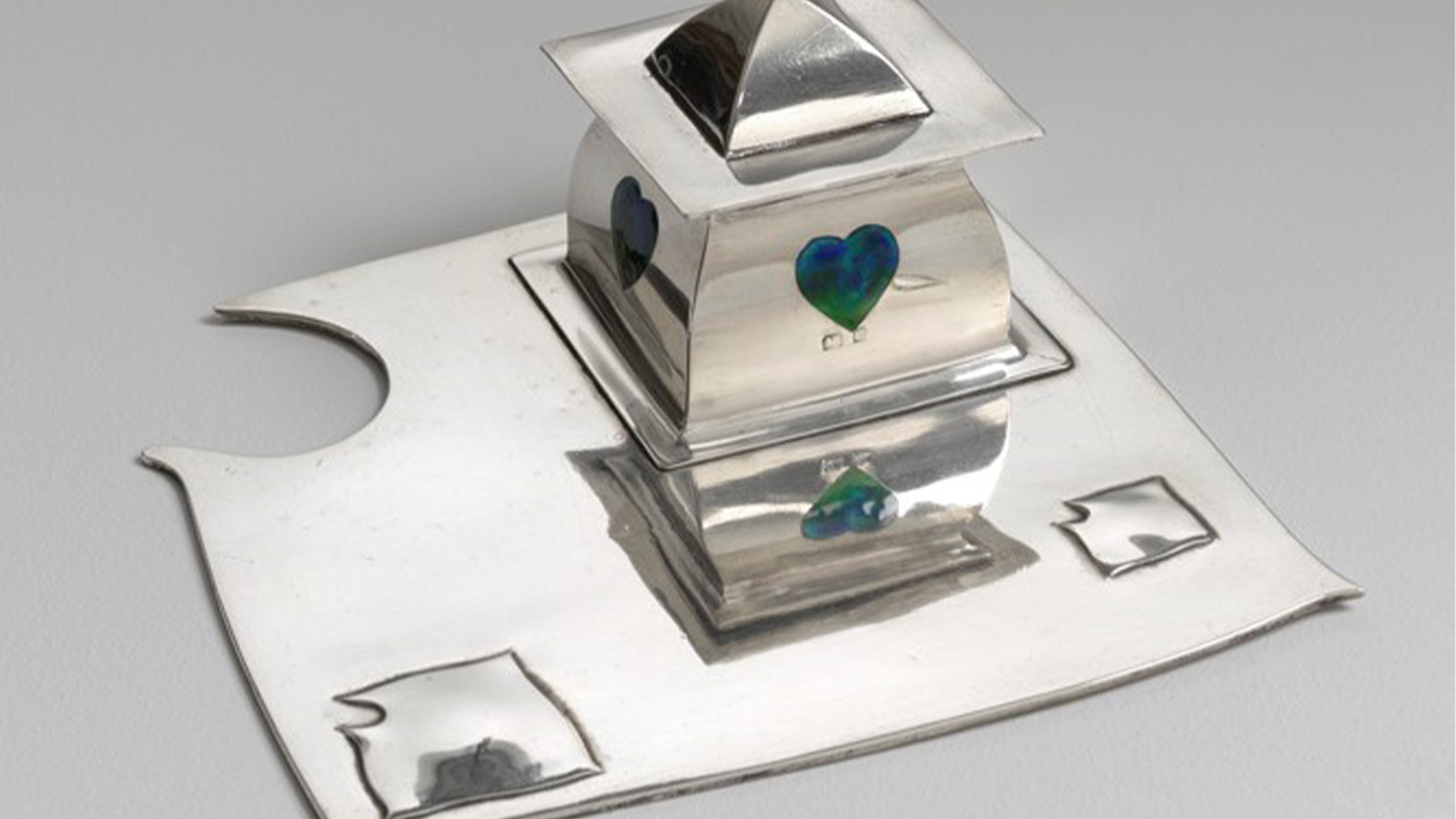 On the Isle of Man, the secret history of designer Archibald Knox is revealed
On the Isle of Man, the secret history of designer Archibald Knox is revealedThe mysterious life and works of local designer Archibald Knox is celebrated in a retrospective at Manx Museum, spanning silverware, furniture, clocks and more
-
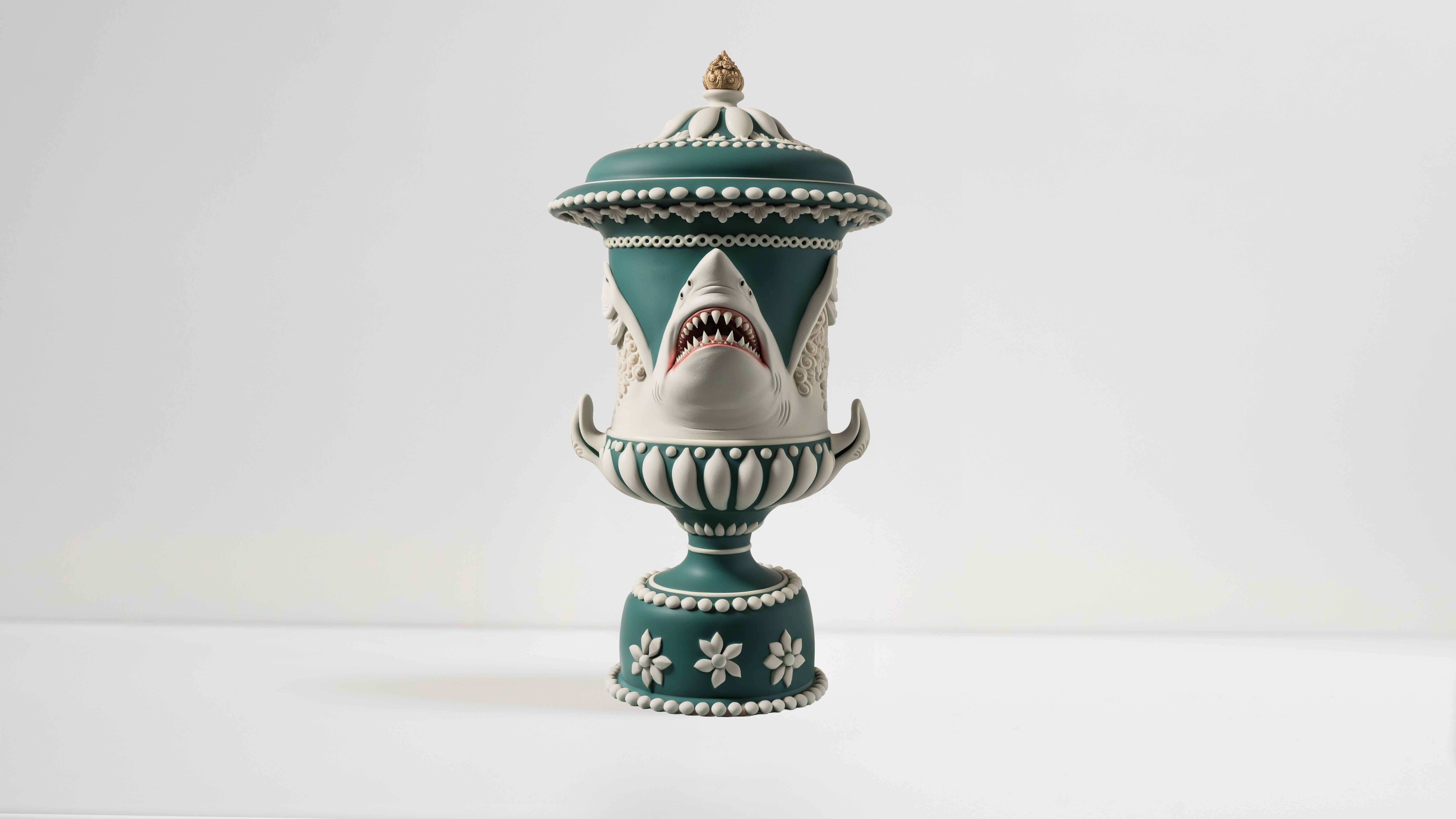 Wedgwood’s AI tool lets the public reimagine Jasperware for its 250th anniversary
Wedgwood’s AI tool lets the public reimagine Jasperware for its 250th anniversaryTo celebrate 250 years of Jasperware, Wedgwood debuts an AI tool that opens up the design process to the public for the first time
-
 Reimagining remembrance: Urn Studios introduces artistic urns to the UK
Reimagining remembrance: Urn Studios introduces artistic urns to the UKBridging the gap between art and memory, Urn Studios offers contemporary, handcrafted funeral urns designed to be proudly displayed
-
 'What Makes a Space Nigerian?' is an exhibition celebrating the key elements of West African Homes
'What Makes a Space Nigerian?' is an exhibition celebrating the key elements of West African Homes‘Our aim was to create a space that Nigerians could connect with', says Moyo Adebayo's on his latest exhibition 'What Makes a Space Nigerian?' which explores what defines a Nigerian home
-
 Feldspar makes its mark on Whitehall with a festive pop-up at Corinthia Hotel
Feldspar makes its mark on Whitehall with a festive pop-up at Corinthia HotelDevon-based bone china brand Feldspar makes its first foray into shopkeeping with a pop-up at London’s Corinthia Hotel. Ali Morris speaks with the founders and peeks inside
-
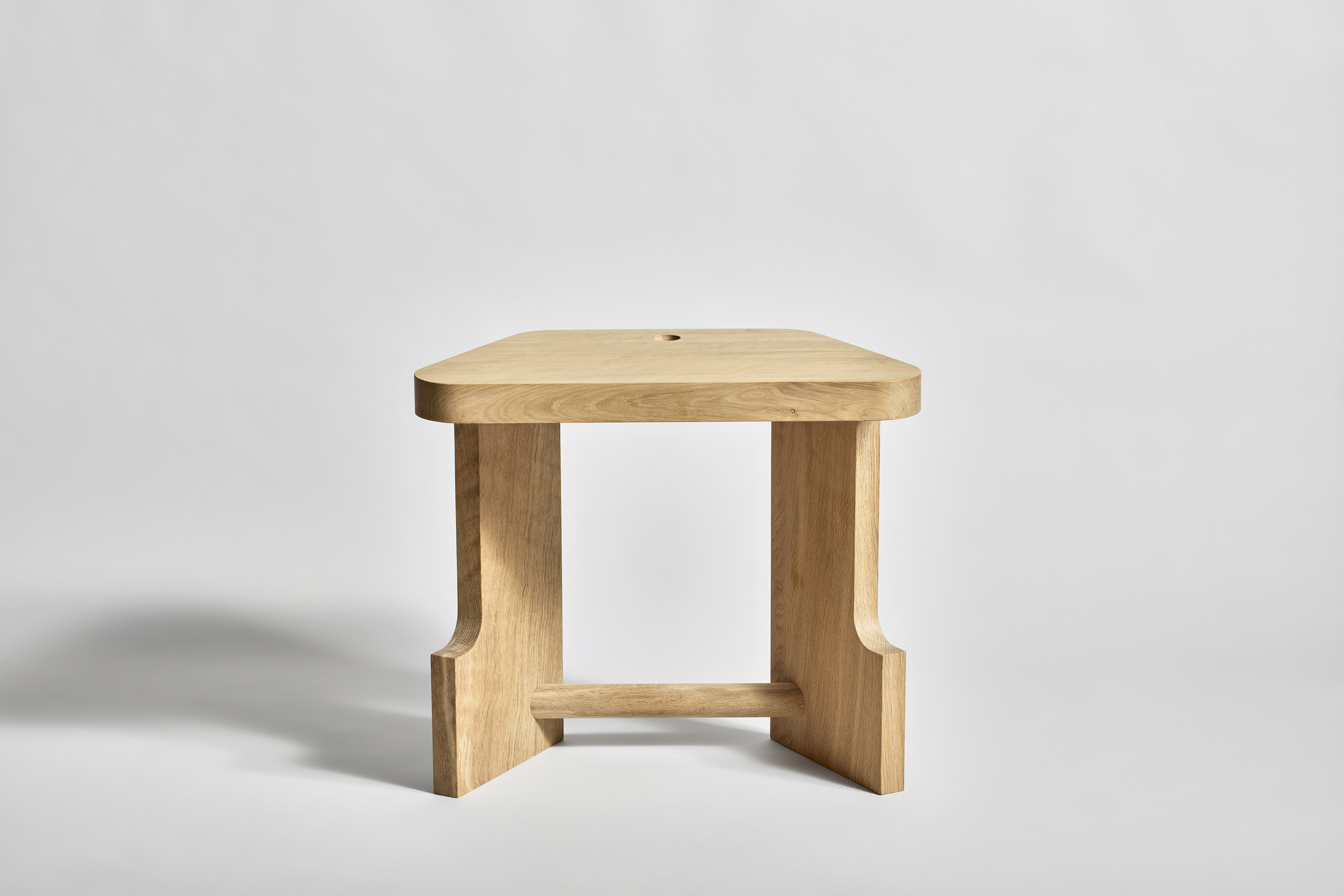 One to Watch: EJM Studio’s stool is inspired by the humble church pew
One to Watch: EJM Studio’s stool is inspired by the humble church pewEJM Studio’s ‘Pew’ stool reimagines the traditional British church seating with a modern, eco-conscious twist